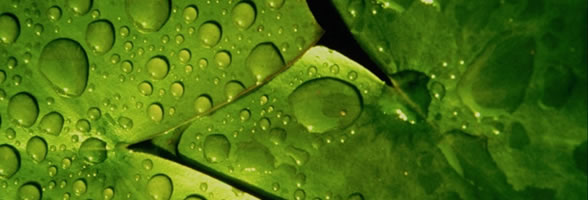
Glowworm Swarm Optimization
Source localization without anemotaxis
As explained earlier, anemotaxis is the explorative part of the algorithm. While in the anemotactic mode the glowworm takes a step in the upwind direction in the hope of getting to the source. As anemotaxis demands the knowledge of wind direction, the glowworms are required to have a wind sensor. This section explains the possibility of utilizing the obstacle avoidance behavior in order to localize an odor source without anemotaxis.
Figure 1: Glowworm convergence without anemotaxis.
Due to the absence of anemotaxis, the glowworm with the highest luciferin value remains stationary. When other glowworms, which are attracted toward this glowworm, get closer than a distance Nld, they start circling it. In Figure 1, A is the glowworm with the highest luciferin value at first. It stays stationary until it finds another glowworm with a higher luciferin value. Glowworms B and C are attracted by A. They revolve around A due to gyroscopic obstacle avoidance. While revolving, the glowworms B and C get closer to the source than A. While at locations close to the source there is a high probability of one of them encountering a patch and thus acquiring a higher luciferin value. In Figure 1, B is shown to encounter a patch while it is at location B'. Now B has a higher luciferin value than A and C. Hence, A and C are attracted by it. As they are close to B, gyroscopic obstacle avoidance makes them revolve around B. While revolving, A reaches the source and thus acquires a higher luciferin value. Now B and C start revolving around A.
The parameter Nl, which controls the dispersion in the glowworm swarm, has a significant influence on the convergence time. Lower Nl values result in glowworms bunching up close together, which makes exploration of concentration variations in the environment difficult, thus delaying convergence. As can be seen from Figure 2, the convergence time decreases significantly with an increase in Nl. This is due to the improved exploratory behavior introduced by better dispersion of glowworms.
Figure 2: Convergence time variation with Nl. (without anemotaxis)
The following video shows source localization without anemotaxis. Here the glowworms are represented by small circles. The colour of the glowworm represents its mode. Here, a glowworm in chemotactic mode is coloured blue and a glowworm in anemotactic mode is coloured yellow. The dark black patch represents the odor source location. The glowworms are seen to use the gyroscopic motion to get closer to the source location and eventually converge at the source location.
